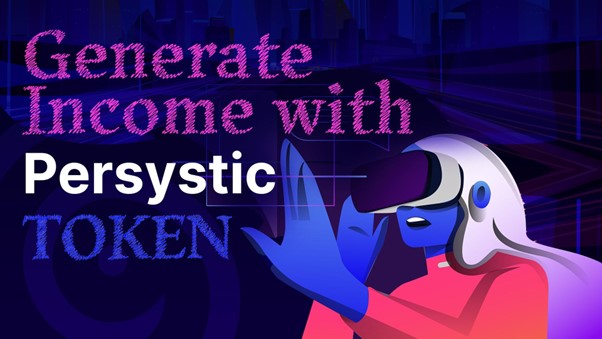Reason to trust

How Our News is Made
Strict editorial policy that focuses on accuracy, relevance, and impartiality
Ad discliamer
Morbi pretium leo et nisl aliquam mollis. Quisque arcu lorem, ultricies quis pellentesque nec, ullamcorper eu odio.
A significant week in the cryptocurrency sector, particularly for Ethereum. As Ethereum bulls prepare for Merge, probably this year’s most anticipated event for the cryptocurrency, the merge of its third and final test network environment, Goerili, is scheduled to take place this week. If the test is successful, it will effectively guarantee a September 19-20 Merge launch date.
As we approach the last Merge test, Ethereum has risen over major resistance around 1700, allowing it to test recent highs. Furthermore, in recent weeks, the cryptocurrency has outpaced Bitcoin. If the test is satisfactory, Ethereum is likely to trend upward as the Merge launch date approaches.
What You Need To Know About Ethereum And The Merge
Ethereum (ETH) is the second-largest cryptocurrency by market capitalisation, trailing only after Bitcoin, and it, too, uses a proof-of-work consensus process. This energy-intensive validation method enables the decentralised Ethereum network to collaborate and validate complicated mathematical transactions, which are subsequently added as blocks to the Ethereum blockchain. Miners compete with one another to solve these mathematical problems in order to build a new block.
Miners that successfully create a new block receive incentives in the form of fresh Ethereum (ETH) coins. Due to the competitive nature of attempting to be the first miner to handle a transaction and obtain the new ETH tokens, massive amounts of processing power are employed to be first across the line.
Proof-of-stake achieves the same aim as proof-of-work – a secure, decentralised network – but using a different method. Validators are picked to solve these challenges rather than miners competing to build new blocks.
Validators stake their own ETH to compete for new problems and are picked at random by an algorithm. To participate in the validation process and receive their freshly generated ETH, Ethereum validators must have 32 ETH or be part of a pool that has 32 ETH. Validators may lose some or all of their stake if they neglect to validate transactions or engage in bad activity that harms the blockchain.
Because of the random nature of determining who validates a block, the processing power required to operate the PoS consensus is a fraction of that required to run a comparable, competing PoW consensus.
Why Does The Consensus Change Matter?
One of the most common criticisms levelled against Bitcoin and Ethereum is that the PoW architecture consumes enormous amounts of resources to process transactions. Various simulations indicate that Ethereum uses more electricity in a year than in countries like Italy or Mexico.
This energy usage has been a major focus in recent years to attempt to address both climate and energy concerns. With PoS expected to utilise 99% less energy than the present PoW algorithm, a leaner, greener Ethereum would be better positioned for the future and any incoming legislation.
Furthermore, the present Ethereum system is too expensive to operate, with gas costs – a price for carrying out a particular task on the Ethereum blockchain – a significant source of anxiety among users. This is sent to traders, who will seek alternative chains that can do the same duties at a lower cost.
Transaction speed is one of the primary benefits of the new PoS Ethereum model. Ethereum transactions are currently sluggish – estimated to be about 30 per second – but the new PoS architecture is predicted to eventually be capable of handling up to 100,000 transactions per second, owing to Shard chains. Lower costs and faster transaction speeds make the PoS Ethereum model much more appealing to traders.

Is There A Better Option Than Ethereum?
Many crypto enthusiasts are now turning to presale crypto projects that are about to launch into the market. While a presale purchase may be a riskier choice, it may also bring greater gains.
One of the new crypto projects currently making waves in the crypto community is Persystic Token (PSYS). This decentralised social network platform will provide endless possibilities to content creators to earn money while also preserving their content ownership and privacy. The new cryptocurrency aims to solve the issues currently faced by content creators that use centralised social media platforms to publish their content.
Persystic Token network will run on Binance Smart Chain and will utilise Ethereum Virtual Machine. The developers aim to ensure that the platform will run smoothly and efficiently, allowing users to make the most out of its features.
To learn more about Persystic Token (PSYS), use the links below.
Presale: http://join.persystic.io/
Website: http://persystic.io/
Telegram: https://t.me/PersysticTokenOfficial
Disclaimer: This is a paid release. The statements, views and opinions expressed in this column are solely those of the content provider and do not necessarily represent those of NewsBTC. NewsBTC does not guarantee the accuracy or timeliness of information available in such content. Do your research and invest at your own risk.



























